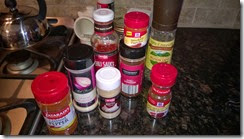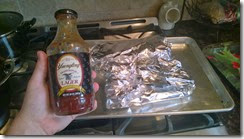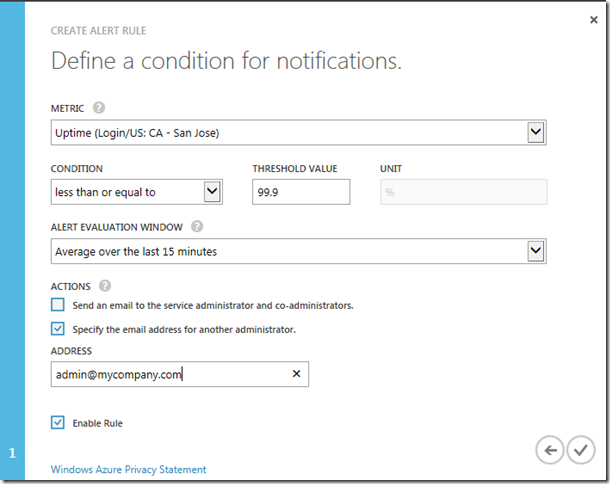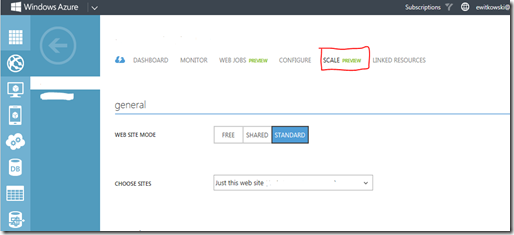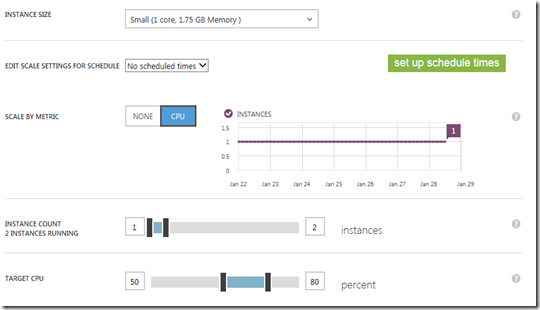This morning the world is particularly excited about the Philae spacecraft. It's goal is to land on a comet to use it's bee-bop's and doo-dad's (technical terms obviously) to collect gasses and mineral deposits, all apparently to help contribute to our understanding of not only life on earth, but life of our solar system as well.
All very exciting stuff, and today it's the first time I'm hearing about it. According to that wikipedia page I linked to above, this project launched March 2, 2004. Now, I certainly don't know for sure, but my theory goes something like this. March 2, 2004, a bunch of people were walking around the Guiana Space Station, putting crazy hours in drinking coffee and not sleeping all that much and walking through all of these crazy scenario's on how to launch and land this thing. On March 2, there were a ton of people there to watch the launch, on in the ensuing days there was a wind down of reporters and reports on the project. Then.. there was nothing in the news.. fast forward 10 years, and now we're seeing front page headlines again.
This scenario reminds me of a previous work experience.
Many moons ago I was part of an IT team that was swallowed up by a parent organization to help launch a major software\hardware initiative. Our business was practically ignored because the parent company had overspent by millions on the project, and the project was at least 2 years overdue prior to when we were brought in. Our team accounted for 50+ people in itself, and we were tasked with buttoning up, testing and launching the new system's in about 12 months. It was a lot of work, there were a lot of people, there were a lot of scary moments, and we got it done. For over a year we toiled and sprinted and just pushed our boundaries. I was on the web team, so we had a few website initiatives.. namely building a new "checkout" piece and helping piece together an existing front-end application. There's an added pressure in web scenario's because of the site is down.. you're down. It doesn't matter how slick the back end systems are, if business can't go in, they're a moot point. For further proof look no further than the botched healthcare.gov launch in 2013.
All systems went live, and the web projects had their fair share of glitches, but overall things went smooth. Like all software projects, there are items you need to patch immediately, short term, and long term. We had quite a few short term fixes, and within the first few weeks of the launch many of us.. web team included.. were burning some midnight oil to keep things going smoothly. One afternoon our team was still writing code, analyzing error logs, meeting about various items, but most of the building around us was eerily quiet. It was about 20 minutes before a flood of people came back, happy as can be, asking "hey where were you guys!?" in a cheerful tone.
While we were upstairs, most of the project team had a somewhat impromptu celebration, passing out champagne and praise and celebrating the many successes of the project. While we were upstairs, writing code and altering poorly thought out design's we had inherited, VP's and team leader's were downstairs high-fiving and shaking hands and talking about how smooth things were going.
Do I seem bitter about it? I am.. a little...
So looking back on that experience, I now think about this Philae spacecraft. How many individual's worked and toiled and sacrificed for the past 10 years? How many other's worked prior to those 10 years building and launching this spacecraft in the first place? And then, in an instant, they're headline news. One day, it's any other project. Today, they show up for work and there's no parking spaces, and the media room is standing room only, and there's requests for news conferences. It's just a funny, fickle, sort of thing.
So what's the point of this? I'm not sure, I suppose it's that you should always be sure to respect the small things. I've always been an advocate of team mentality. If you're good enough to go it alone.. then why shouldn't you, but for most of us it’s important to help and support and assist, and a communal effort is a good thing. Don’t get me wrong, the world needs the Ada Lovelace’s and Tim Berners-Lee’s and the Bill Gates' and the Steve Jobs' and the Mark Zuckerberg's and the Elon Musk's, but hell, it's not like they're all one-man-band's either, right?
Those who get their hands dirty every day just know, they know what it's like to get held up on a problem, and regardless of how minute the world may think it is, they know it's still important to have it done right. And they know it's more important to get quality out there in the world rather than high five and celebrate, and that the work itself is often the reward, not the press conference. Don't get me wrong, that stuff is cool (and sometimes deserved), but remember that for every project that has a front face, there's some group of people behind the scene's pushing bee-bop's and pulling doo-dad's (again, technical terms here) making things work, and someone has to perform these functions while other's are in the limelight.



